Gayatri Rajapatni: The Woman Behind the Glory of Majapahit by Earl Drake imaginatively re-creates Gayatri’s world, placing her at the centre of Majapahit’s great history. Rich in historical detail and dramatic prose, Drake’s story sheds light on one of Indonesia’s forgotten leaders, and one of its most powerful kingdoms.
The kingdom of Majapahit, once centred in present-day Java, Indonesia, grew to become one of the country’s most glorious empires. From the late thirteenth century until the early years of the sixteenth century, Majapahit slowly expanded its reach, incorporating parts of Sumatra, Malaysia and Bali into its realm, as well as many other regions along the Straits of Malacca. Its rich history includes tales of battles with and against the Mongols, of wise kings and queens, and of an inclusive spiritual tradition; its legacy includes Indonesia’s greatest works of sculpture, a unique architectural style still to be found in Bali, and epic poems such as the Nagarakrtagama. Many historians have shown that the Majapahit kingdom and its great Prime Minister Gajah Mada first united the many islands of Indonesia together under one rule.
By searching through the literature of the era, author and historian Earl Drake found that one historical figure played a key role from the beginning of the Majapahit kingdom until its glory days under King Hayam Wuruk: Gayatri Rajapatni. Born a princess in her father’s kingdom of Singhasari, she married Majapahit’s first king, gave birth to its first queen, and was grandmother to Hayam Wuruk, its most successful leader. She witnessed the rise of the kingdom, was beloved by its people, and was greatly praised by all after her death.
The Majapahit Empire created great legacies for modern Indonesia, but also contained moments of high drama and controversy. Its history can be better understood by examining the role of key leaders involved. The purpose of this book is to explain who these people were, what motivated them, how they interacted with each other and what they accomplished. The story centres around five historical characters: the main heroine, Gayatri Rajapatni; her husband, King Wijaya; her chief executive officer, Gajah Mada; her eldest daughter, (been Tribhuwana; and her grandson, King Hayam Wuruk.
The first section of Gayatri Rajapatni: The Woman Behind the Glory of Majapahit focuses largely on the key role of Gayatri from 1289, when the Mongol challenge spurred her father’s efforts to unite the scattered states of the Indonesian archipelago, through the eventful reigns of her husband, stepson and daughter, until her death in 1350, at approximately age 76. The second section focuses on Gayatri’s daughter, Queen Tribhuwana. Here, the author speculate on Tribhuwana’s views of the legacy of her mother, and how her own son, King Hayam Wuruk, brought the kingdom to the height of its glory. Gajah Mada, the strong executor of royal policies, features prominently in both sections. The story concludes in year 1365, the year after Gajah Mada’s death, when Prapanca completes his great epic poem in praise of the dynasty just before it begins to decline.
Much of this story has only come to light in recent years. Much more will never be known. The author firmly believe that standing by the facts is only one of many ways in which to revisit history. In re-imagining the past, filling in the gaps with suggestions and hypotheses of what may have occurred, the author hope to invigorate his contemporaries’ reading of the Majapahit Empire and get new readers interested in a fascinating piece of world history. The author hope this telling of Gayatri’s story, and that of her husband, daughter, grandson, as well as of Gajah Mada, will enable readers to share his empathy for her and for her remarkable kingdom of Majapahit.

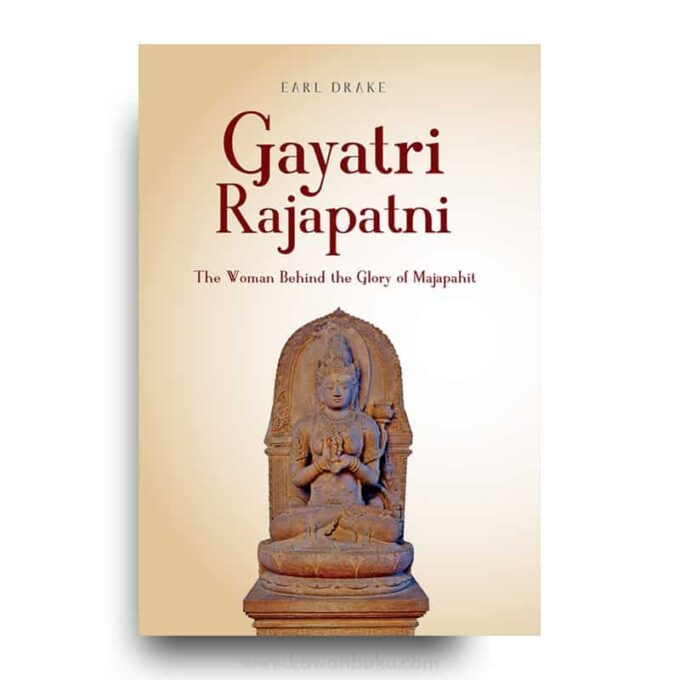
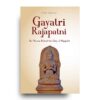




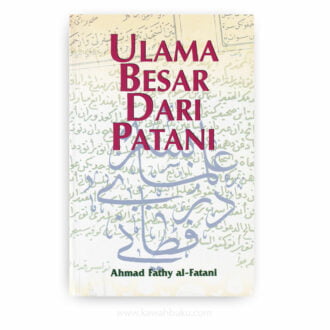
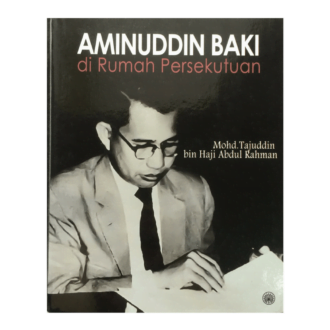

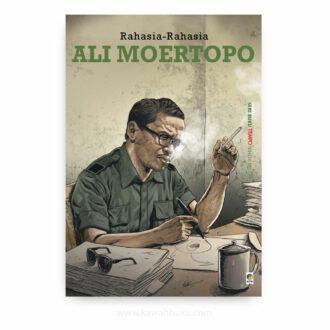
Love this book very much